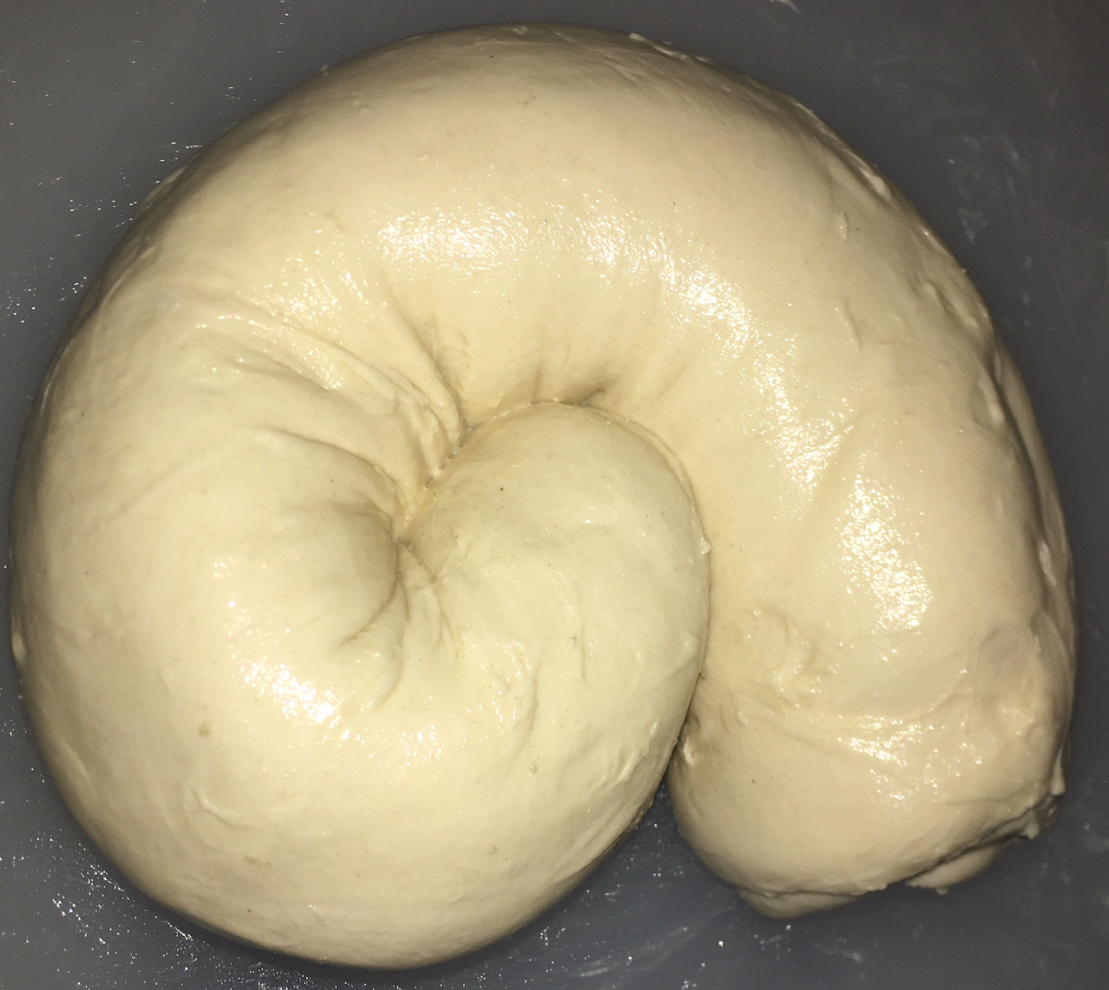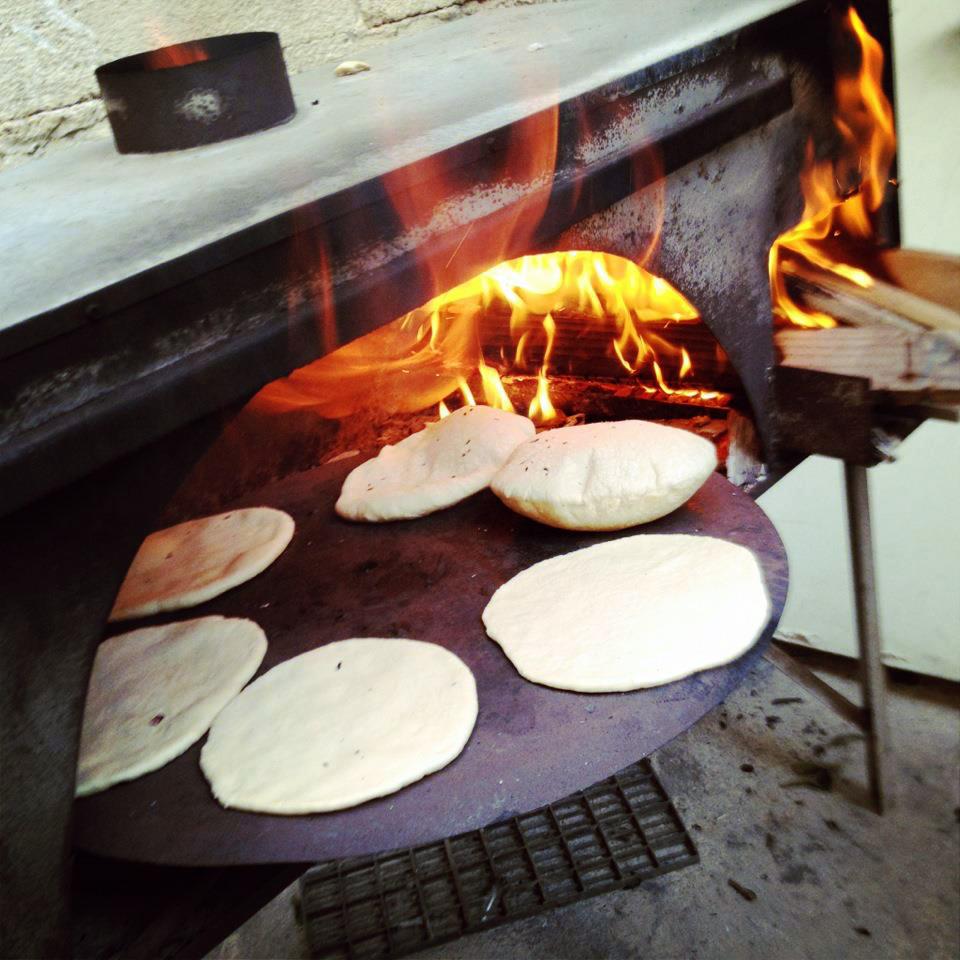|
Mizrahi Jewish Cuisine
Mizrahi Jewish cuisine is an assortment of cooking traditions that developed among the Jews of the Middle East, North Africa, Asia, and Arab countries. Mizrahi Jews have also been known as Oriental Jews (''Mizrahi'' is Hebrew: Eastern or Oriental). Jews of the Mizrahi communities cook foods that were and are popular in their home countries, while following the laws of '' kashrut''. The cuisine is based largely on fresh ingredients, as marketing was done in the local '' souq''. Meat is ritually slaughtered in the ''shechita'' process, and is soaked and salted. Meat dishes are a prominent feature of Shabbat, festival, and celebratory meals. Cooked, stuffed and baked vegetables are central to the cuisine, as are various kinds of beans, chickpeas, lentils and burghul (cracked wheat). Rice takes the place of potatoes. History Mizrahi Jews are the Jews of the Middle East, and points south and east, largely along the Mediterranean coastal areas and the Levant. In some countries ... [...More Info...] [...Related Items...] OR: [Wikipedia] [Google] [Baidu] |
Kubbeh Matfuniyah
Kubbeh, also known as kubbe, is a family of dishes of Iraqi and Kurdish Jewish origin that are also popular in Syria, and consist of a filled dumpling soup, with a wide array of fillings and soup broths. Once almost exclusively made at home by members of the Iraqi and Kurdish Jewish community, since the early 20th century the popularity of the dish has expanded to Israelis of all backgrounds and is commonly served in restaurants across the nation, most notably in the Machane Yehuda market in Jerusalem. The term ''kubbeh'' is also used in some countries to refer to ''kibbeh'', a type of paste made of bulgur and meat that is used in a variety of regional dishes. Variations * ''Kubbeh adom'' ("red kubbeh" in Hebrew), semolina dumplings in a broth made with beets and tomato paste * ''Kubbeh hamusta'' ("sour kubbeh" in Kurdish), semolina dumplings in a tart broth made with lemon juice or citric acid * ''Kubbeh noo’ah'', sour kubbeh made with arum leaves * ''Kubbeh hamu'' ("yello ... [...More Info...] [...Related Items...] OR: [Wikipedia] [Google] [Baidu] |
History Of The Jews In Egypt
Egyptian Jews constitute both one of the oldest and youngest Jewish communities in the world. The historic core of the Jewish community in Egypt consisted mainly of Egyptian Arabic speaking Rabbanites and Karaites. Though Egypt had its own community of Egyptian Jews, after the Jewish expulsion from Spain more Sephardi and Karaite Jews began to migrate to Egypt, and then their numbers increased significantly with the growth of trading prospects after the opening of the Suez Canal in 1869. As a result, Jews from many territories of the Ottoman Empire as well as Italy and Greece started to settle in the main cities of Egypt, where they thrived. The Ashkenazi community, mainly confined to Cairo's Darb al-Barabira quarter, began to arrive in the aftermath of the waves of pogroms that hit Europe in the latter part of the 19th century. In the 1950s, Egypt began to expel its Jewish population (estimated at between 75,000 and 80,000 in 1948), also sequestering Jewish-owned property at t ... [...More Info...] [...Related Items...] OR: [Wikipedia] [Google] [Baidu] |
Hyssop Zaatar
''Hyssopus officinalis'' or hyssop is a shrub in the Lamiaceae or mint family native to Southern Europe, the Middle East, and the region surrounding the Caspian Sea. Due to its purported properties as an antiseptic, cough reliever, and expectorant, it has been used in traditional herbal medicine. Description Hyssop is a brightly coloured shrub or subshrub that ranges from in height. The stem is woody at the base, from which grow a number of upright branches. Its leaves are lanceolate, dark green, and from long. During the summer, hyssop produces pink, blue, or, more rarely, white fragrant flowers. These give rise to small oblong tetra-achenes. History A plant called hyssop has been in use since classical antiquity. Its name is a direct adaptation from the Greek ὕσσωπος (). The Hebrew word אזוב (''ezov'', ''esov'', or ''esob'') and the Greek word ὕσσωπος probably share a common (but unknown) origin. The name hyssop appears as a translation of ''ezov'' ... [...More Info...] [...Related Items...] OR: [Wikipedia] [Google] [Baidu] |
Lahoh
Lahoh ( or , ar, لحوح, laḥūḥ, ) ), is a spongy, flat pancake-like bread that originated from Somalia.Mohamed Diriye Abdullahi, ''Culture and Customs of Somalis'', (Greenwood Press: 2001), p. 113. It is a type of flat bread eaten regularly in Somalia, Somaliland, Djibouti, Ethiopia and Yemen. Yemenite Jewish immigrants popularized the dish in Israel. It is called ''Laxoox''/''Lahoh'' or ''Canjeero/Canjeelo'' in Somaliland, Somalia and Djibouti, and called ''Lahoh''/''Lahuh'' in Yemen, respectively. Preparation Lahoh is traditionally and typically prepared from a thick batter of sorghum flour (preferred flour for making Laxoox), White cornmeal/cornflour, warm water, yeast, and a pinch of salt. The mixture is beaten by hand until soft and creamy. The batter is then left to ferment overnight to cook and then eat for breakfast. There is a sweet-tasting variety of the dish, one made with eggs, as well as another variety that is spiced and typically eaten in Somali househ ... [...More Info...] [...Related Items...] OR: [Wikipedia] [Google] [Baidu] |
Challah
Challah (, he, חַלָּה or ; plural: or ) is a special bread of Ashkenazi Jewish origin, usually braided and typically eaten on ceremonial occasions such as Shabbat and major Jewish holidays (other than Passover). Ritually acceptable challah is made of dough from which a small portion has been set aside as an offering. Challah may also refer to the dough offering. The word is biblical in origin, though originally referred only to the dough offering. Similar braided breads such as kalach and vánočka are found across Central and Eastern Europe. Name and origins The term in Biblical Hebrew meant a kind of loaf or cake. The Aramaic word given for its translation is (pl. ), and which word (var. syc, ܓܪܝܨܐ / ܓܪܝܣܐ) Payne Smith defines as "a cake or loaf," or "morsel of bread." In Hebrew, the word challah is derived from the root () which means “hollow,” “space” or “pierced.” In Rabbinic terminology, ''challah'' often refers to the portion of ... [...More Info...] [...Related Items...] OR: [Wikipedia] [Google] [Baidu] |
Lavash
Lavash ( hy, լավաշ) is a thin flatbread usually leavened, traditionally baked in a tandoor (''tonir'') or on a ''sajj'', and common to the cuisines of South Caucasus, Western Asia, and the areas surrounding the Caspian Sea. Lavash is one of the most widespread types of bread in Armenia, Azerbaijan, Iran and Turkey. The traditional recipe can be adapted to the modern kitchen by using a griddle or wok instead of the ''tonir''. In 2014, "Lavash, the preparation, meaning and appearance of traditional bread as an expression of culture in Armenia" was inscribed in the UNESCO Representative List of the Intangible Cultural Heritage of Humanity. In 2016, making and sharing flatbread (lavash, katyrma, jupka or yufka) in communities of Azerbaijan, Iran, Kazakhstan, Kyrgyzstan and Turkey was inscribed on the list as well. Lavash is similar to ''yufka'', but in Turkish cuisine lavash (''lavaş'') is prepared with a yeast dough while ''yufka'' is typically unleavened. Origin Accordin ... [...More Info...] [...Related Items...] OR: [Wikipedia] [Google] [Baidu] |
Malawach
Malawach or Melawwaḥ, (; literally means "board-like bread"), is a flatbread that is traditional in Yemenite Jewish cuisine. It was brought to Israel by Yemenite Jews. Malawach resembles a thick pancake but consists of thin layers of puff pastry brushed with oil or fat and cooked flat in a frying pan. It is traditionally served with hard-boiled eggs, ''zhug'', and a crushed or grated tomato dip. Sometimes it is served with honey. History Malawach is made from the same dough as jachnun, a Yemenite Jewish Shabbat bread, and both originated as a variation of hojaldre, a Sephardic Jewish puff pastry, brought to Yemen by Jews expelled from Spain. Hojaldre later became ''"ajin"'', an enriched dough only made by the Yemenite Jews, and was not made by the non-Jewish Yemenis, according to Rabbi Gil Marks, a Jewish food historian Preparation Malawach was traditionally prepared at home by the women in the Yemenite Jewish community, and is made out of a laminated dough similar to ... [...More Info...] [...Related Items...] OR: [Wikipedia] [Google] [Baidu] |
Taboon Bread
Taboon bread ( ar, خبز طابون, khubz ṭābūn) is Levantine flatbread baked in a ''taboon'' or ''tannur'' 'tandoor' clay oven, similar to the various tandoor breads found in many parts of Asia. It is used as a base or wrap in many cuisines, and eaten with different accompaniments. Variations ''Taboon'' bread is an important part of Palestinian cuisine, traditionally baked on a bed of small hot stones in the ''taboon'' oven. It is the base of ''musakhan'', often considered the national dish of Palestine. Gustaf Dalman, a German orientalist, documented its making in Palestine in the early 20th-century, among other types of breads. (reprinted from 1935 edition) In Palestine, folded flat-bread was often filled with a spinach and onion mixture, or with cheese curds and onion mixture, or with raisins and pine nuts. The ordinary ''taboon''-bread was slightly smaller in size than the ordinary ''tannur''-bread. Over the centuries, bread-making in communal ''taboons'' played an imp ... [...More Info...] [...Related Items...] OR: [Wikipedia] [Google] [Baidu] |
Pita
Pita ( or ) or pitta (British English), is a family of yeast-leavened round flatbreads baked from wheat flour, common in the Mediterranean, Middle East, and neighboring areas. It includes the widely known version with an interior pocket, also known as Arabic bread ( ar, خبز عربي; ''khubz ʿarabī''). In the United Kingdom, Greek bread is used for pocket versions such as the Greek pita, and are used for barbecues to a souvlaki wrap. The Western name ''pita'' may sometimes be used to refer to various other types of flatbreads that have different names in their local languages, such as numerous styles of Arab ''khubz'' (bread). History Pita has roots in the prehistoric flatbreads of the Middle East. There is evidence from about 14,500 years ago, during the Stone Age, that the Natufian people in what is now Jordan made a kind of flatbread from wild cereal grains. Ancient wheat and barley were among the earliest domesticated crops in the Neolithic period of about 10,000 ye ... [...More Info...] [...Related Items...] OR: [Wikipedia] [Google] [Baidu] |
Flatbread
A flatbread is a bread made with flour; water, milk, yogurt, or other liquid; and salt, and then thoroughly rolled into flattened dough. Many flatbreads are unleavened, although some are leavened, such as pizza and pita bread. Flatbreads range from below one millimeter to a few centimeters thick so that they can be easily eaten without being sliced. They can be baked in an oven, fried in hot oil, grilled over hot coals, cooked on a hot pan, tava, comal, or metal griddle, and eaten fresh or packaged and frozen for later use. History Flatbreads were amongst the earliest processed foods, and evidence of their production has been found at ancient sites in Mesopotamia, ancient Egypt, and the Indus civilization. In 2018, charred bread crumbs were found at a Natufian site called Shubayqa 1 in Jordan (in Harrat ash Shaam, the Black Desert) dating to 12,400 BC, some 4,000 years before the start of agriculture in the region. Analysis showed that they were probably from flatbread cont ... [...More Info...] [...Related Items...] OR: [Wikipedia] [Google] [Baidu] |
Kubbeh
Kubbeh, also known as kubbe, is a family of dishes of Iraqi and Kurdish Jewish origin that are also popular in Syria, and consist of a filled dumpling soup, with a wide array of fillings and soup broths. Once almost exclusively made at home by members of the Iraqi and Kurdish Jewish community, since the early 20th century the popularity of the dish has expanded to Israelis of all backgrounds and is commonly served in restaurants across the nation, most notably in the Machane Yehuda market in Jerusalem. The term ''kubbeh'' is also used in some countries to refer to ''kibbeh'', a type of paste made of bulgur and meat that is used in a variety of regional dishes. Variations * ''Kubbeh adom'' ("red kubbeh" in Hebrew), semolina dumplings in a broth made with beets and tomato paste * ''Kubbeh hamusta'' ("sour kubbeh" in Kurdish), semolina dumplings in a tart broth made with lemon juice or citric acid * ''Kubbeh noo’ah'', sour kubbeh made with arum leaves * ''Kubbeh hamu'' ("yello ... [...More Info...] [...Related Items...] OR: [Wikipedia] [Google] [Baidu] |
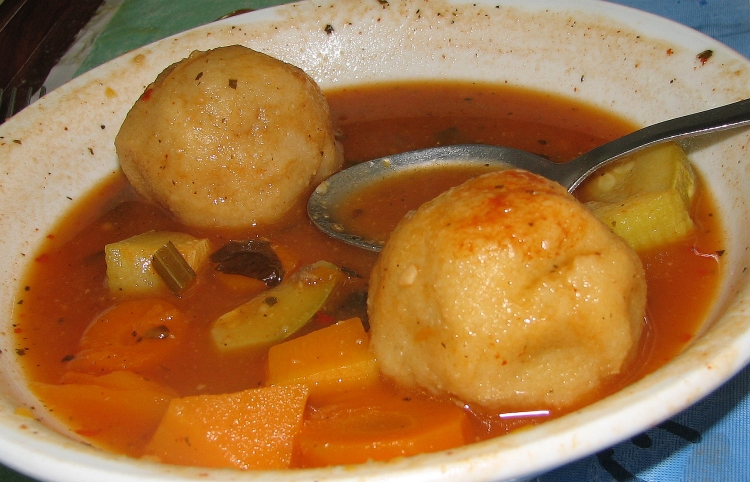
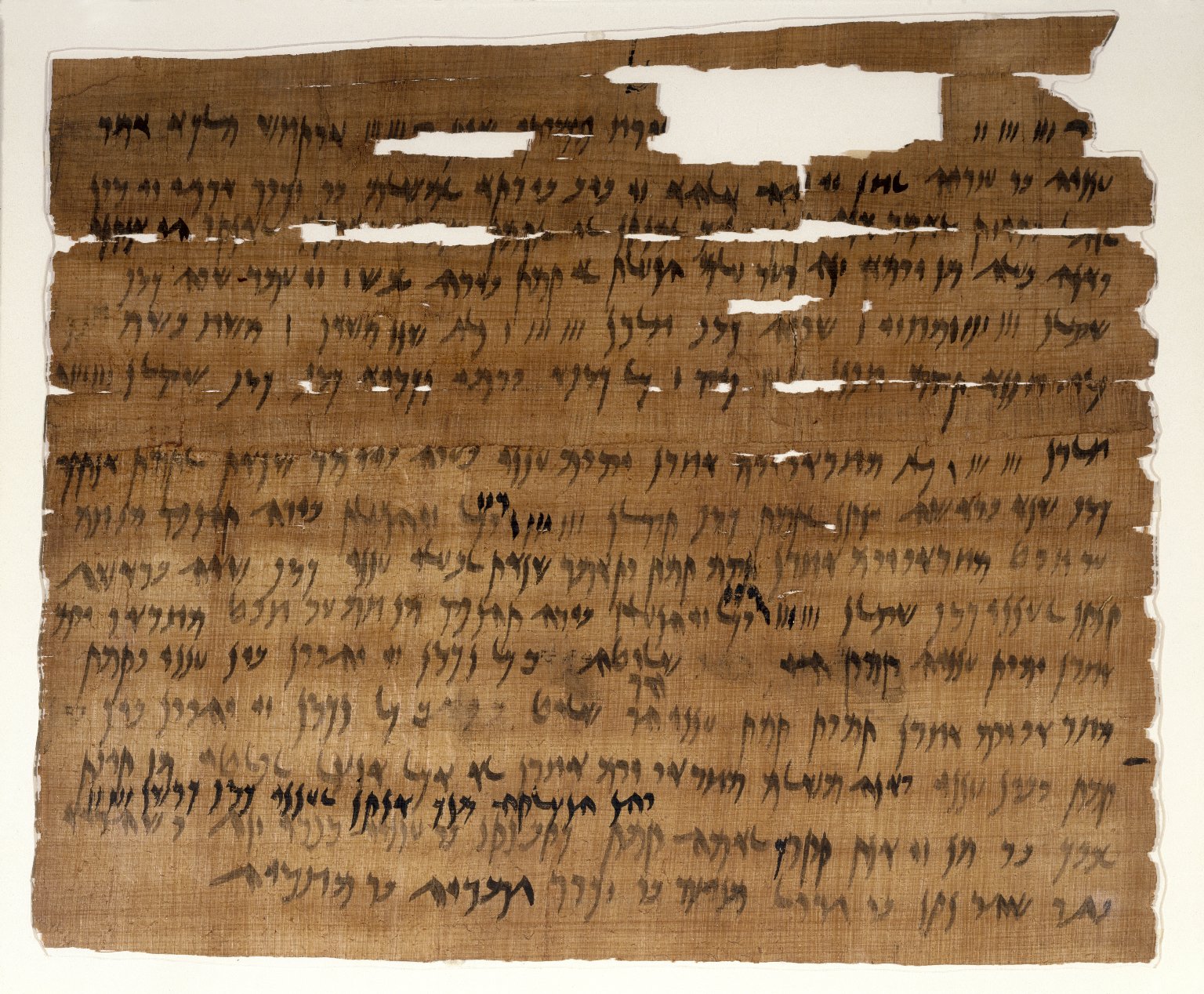
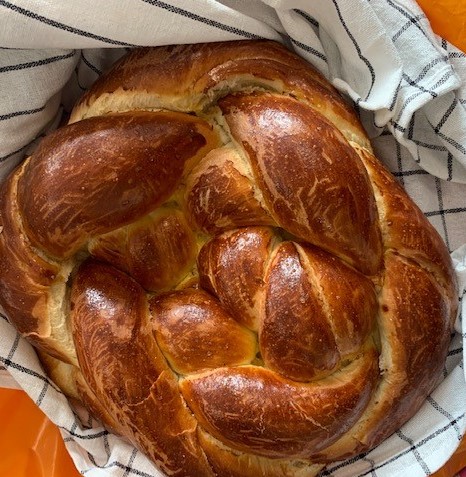
.jpg)
